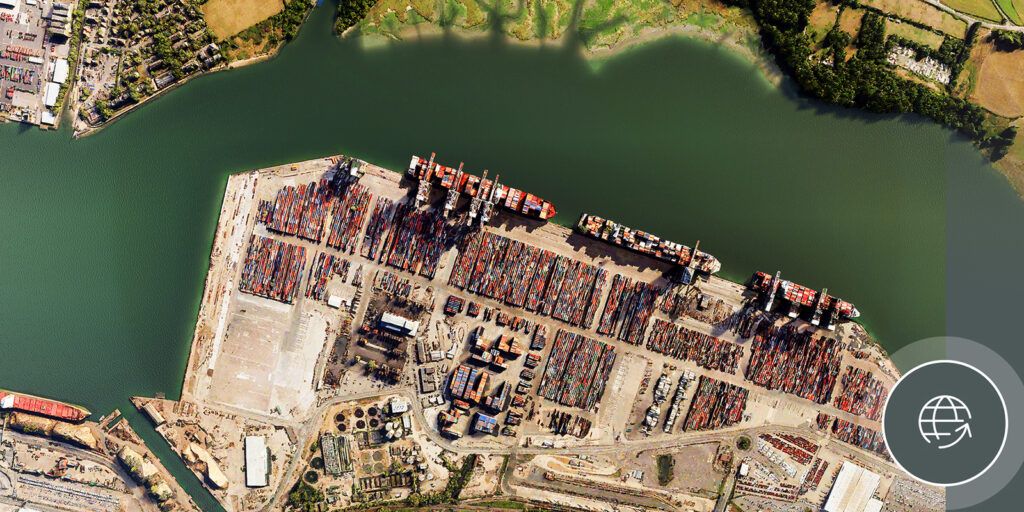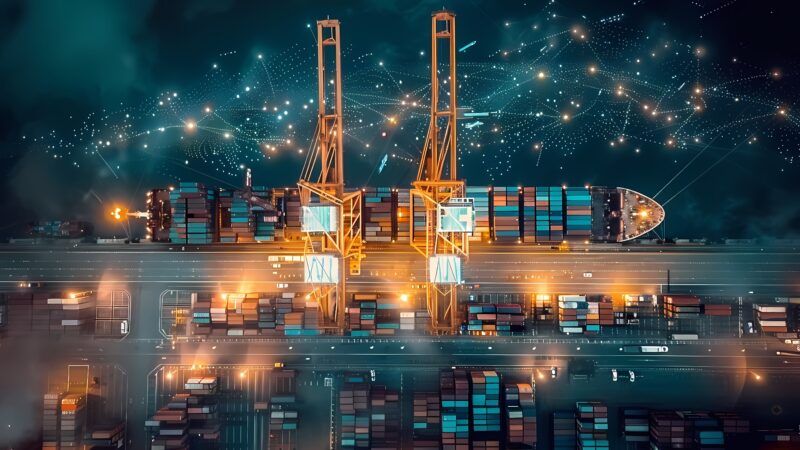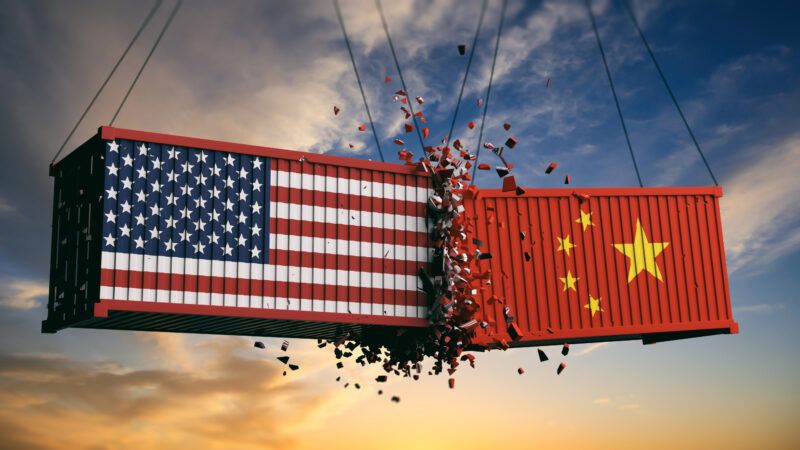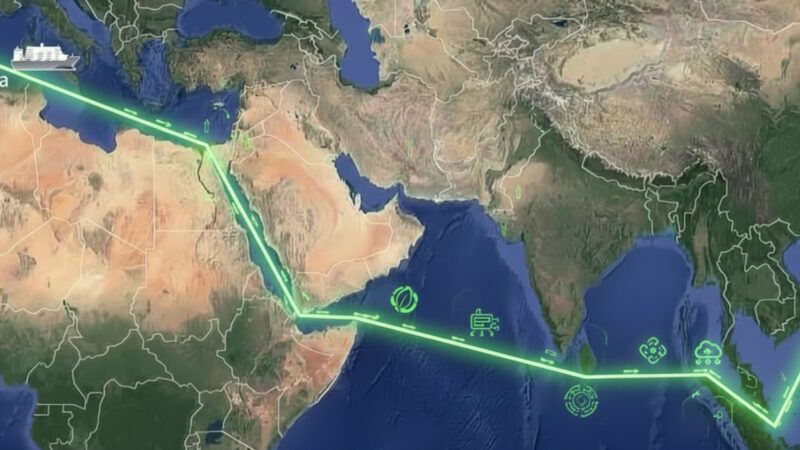Sentinel, the evolution of satellites
The Sentinel satellite constellation of the Copernicus Program led by the European Commission and in collaboration with the European Space Agency, has revolutionized the way public agencies collect data. Before the launch of Sentinel-1 in 2014, satellites such as Envisat, weighing eight tons and equipped with sensors to measure the atmosphere, oceans, soil and ice, have been replaced by satellites specialized in observing concrete phenomena. The result is the increase in the quantity and quality of the information obtained.
Sentinel-2, for example, was designed to monitor the Earth's surface and the most recent, Sentinel-6 (also known as Jason-CS), to measure the consequences of changes in sea level.
“Each Sentinel satellite has specific sensors that collect data that has grown in volume and complexity. Once processed they facilitate an operational application that was previously only possible with private commercial satellites. Now, these are in the public domain and are contributing to further research and knowledge,” Laia Romero, isardSAT's director of operations and director of Lobelia Earth, explains to PierNext.
Satellites against climate change
In addition to becoming specialized, satellites have expanded their range to obtain other variables such as the concentration of greenhouse gases. “Twelve years ago there were no satellites that measured the concentration of greenhouse gases in the air. This however changed in 2009 with the launch of the GOSAT satellite of the Japanese Aerospace Exploration Agency”, recalls Oleg Demidov, CEO of CarbonSpace, a satellite platform for carbon footprint tracking.
This start-up merges data obtained from international agencies with those collected by terrestrial sensors. The combination of various sources, mathematical models and Artificial Intelligence can estimate carbon footprint of different land areas, from fields and forests to cities, regions and countries.

Why are oceanographic satellites useful?
Using satellites to map the level of the sea surface is more justified by the difficulty of fixing sensors that can remain stable on the surface. The sky also offers its full coverage, especially radar technology that crosses clouds to, for example, identify plastics in the sea.
“With satellites we obtain a picture of reality, a neutral observation of what is happening and allows us, for example, at the climatic level, to study the rise in sea level. This observation generates very broad data sets on what is happening and from here make forecasts or study possible risks ”, says Romero.
The participation of the European Organization for the Exploitation of Meteorological Satellites (EUMETSAT) in Sentinel-6 / Jason-CS makes it possible for the Spanish Ports System to use data such as wave height and wind speed to obtain real time oceanic forecasts for a better sustainable management of the coastline, environment or marine safety.
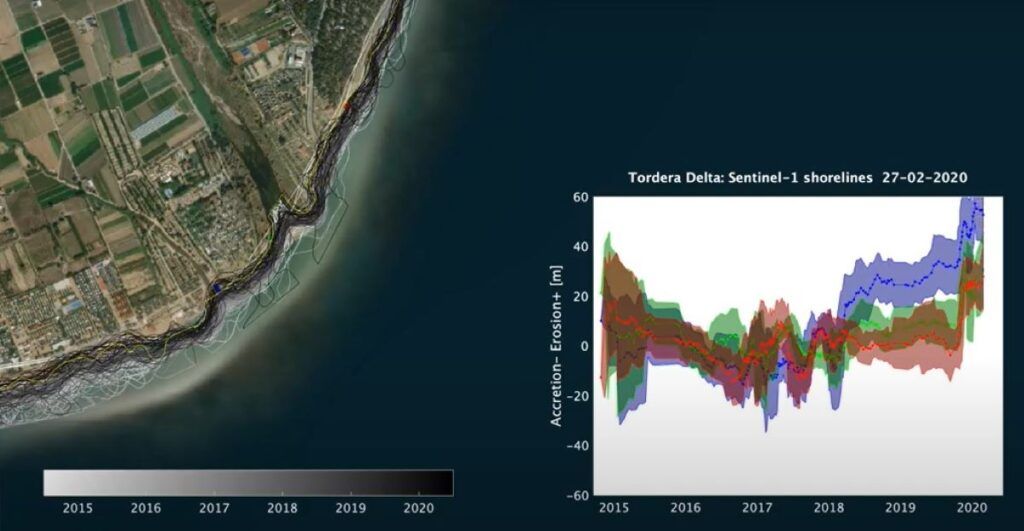
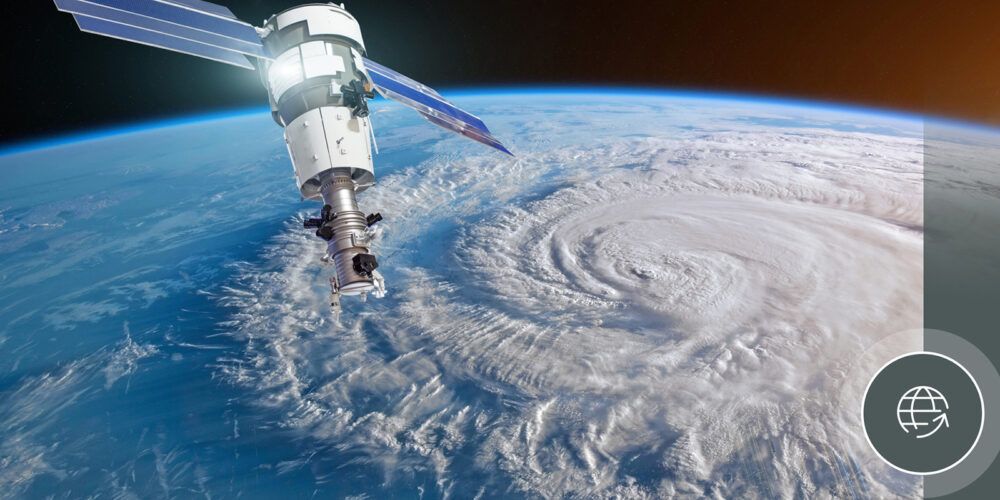 Since the launch of Sentinel-1, space missions have specialized in obtaining very specific data. (GettyImages/PierNext)
Since the launch of Sentinel-1, space missions have specialized in obtaining very specific data. (GettyImages/PierNext)
 Since the launch of Sentinel-1, space missions have specialized in obtaining very specific data. (GettyImages/PierNext)
Since the launch of Sentinel-1, space missions have specialized in obtaining very specific data. (GettyImages/PierNext)





